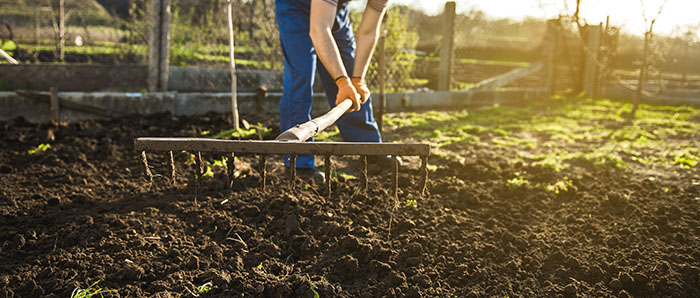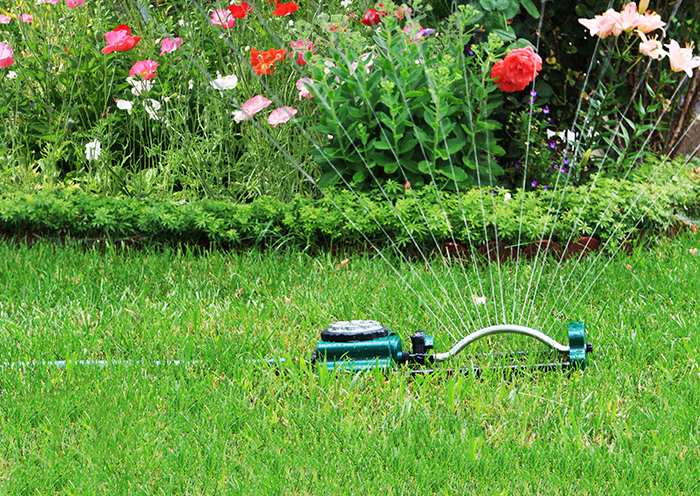4 tips for sowing grass in spring
Spring is a good time to plant a new lawn or rejuvenate an existing one. Cooler temperatures and frequent spring rains provide a healthy environment for new blades of grass to bed in before the summer heat. While sowing a lawn is hardly rocket science, there are a few things to keep in mind to help you grow healthy grass. Here are 4 tips for spring sowing.

1. Prepare the soil before sowing in the spring
Once the soil has thawed and absorbed the excess water from snowmelt, it’s time to prepare it for seeding. If you are seeding a new lawn, start by tilling the soil about 2–3 inches (5–8 cm) deep. Rake away debris and stones. Add high-quality compost soil to improve the existing soil.
For an existing lawn, mow it as short as possible and rake it to remove debris before adding new soil. Take this opportunity to level the lawn by filling the holes.
2. Use a grass seed spreader
A seed spreader is your best ally when seeding your lawn, especially if you have a large property. Start by putting half the grass seed you intend to use in the spreader. Sow the seeds on the prepared soil, going back and forth in parallel rows. Add the remaining seeds to the spreader and sow in a perpendicular direction. For example, if you sow the first half walking north to south, sow the rest east to west.
3. Use a rake to cover grass seed
To protect new seeds from wind, birds and weather and give them a healthy start, you’ll need to cover them with a thin layer of soil. To bury the grass seeds, turn your rake so the teeth face up. Slide the rake over the ground to cover the seeds with a quarter inch (just over half a centimetre) of soil.
4. Always keep the soil moist but not saturated
After covering the grass seeds with a thin layer of soil, it’s time for watering. The goal is to moisten the soil without flooding it. The most useful tool for watering a new lawn is an oscillating sprinkler. Remember to move it around to prevent overwatering in patches and to ensure the entire surface receives enough water.
Because spring is quite wet, you probably won’t need to water every day. You will, however, need to ensure the soil and seeds remain moist until the new grass is 2 inches (5 cm) tall.

Lastly, when sowing grass seed in the spring, wait until the lawn is about 3 inches (7–8 cm) tall before mowing.
Are you passionate about real estate? Subscribe to the Centris.ca newsletter now.
See also:
Trees and Shrubs for Small Yards